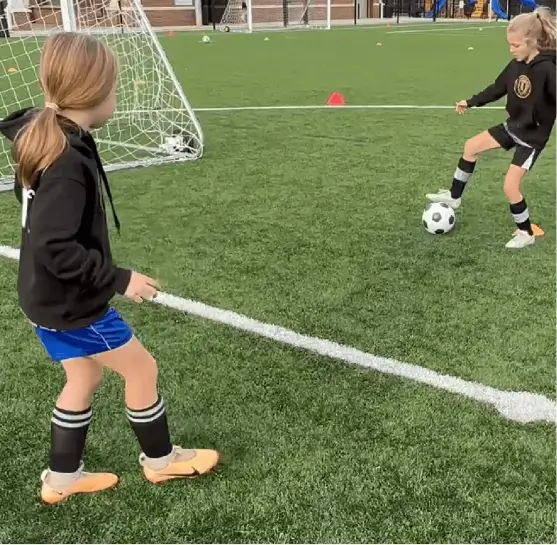CRFC
NEWSLETTERS
NEWSLETTERS FOR OUR LATEST EVENTS
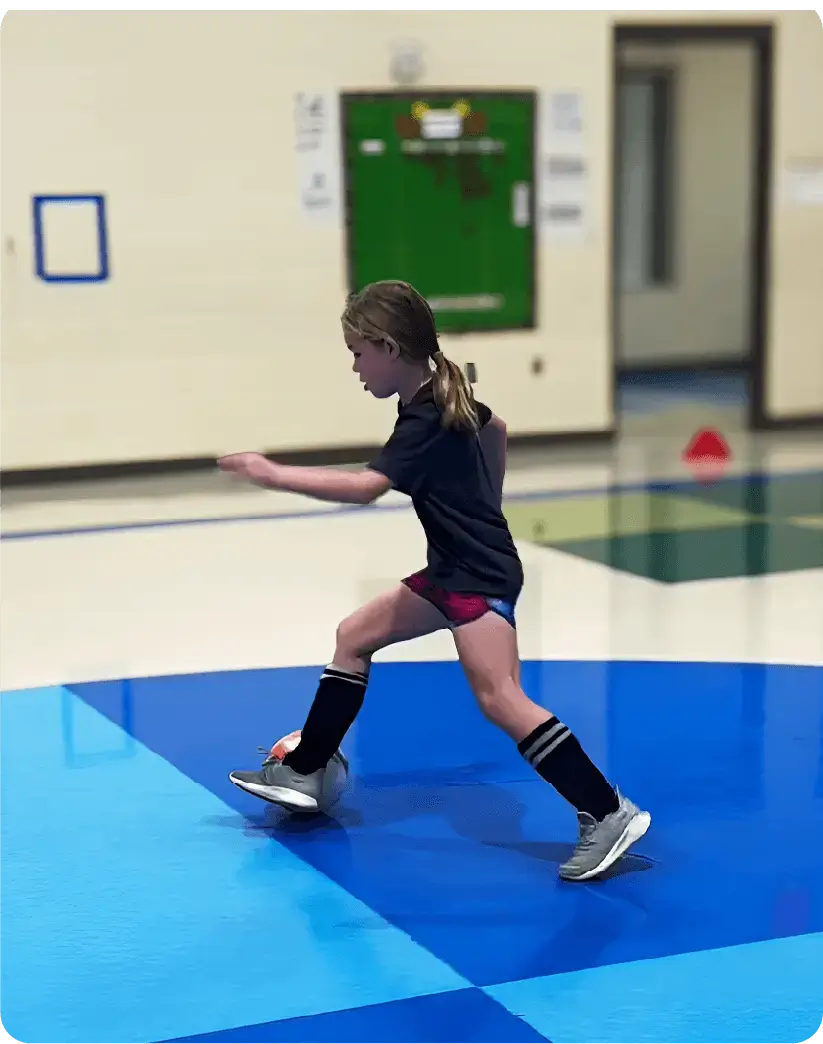
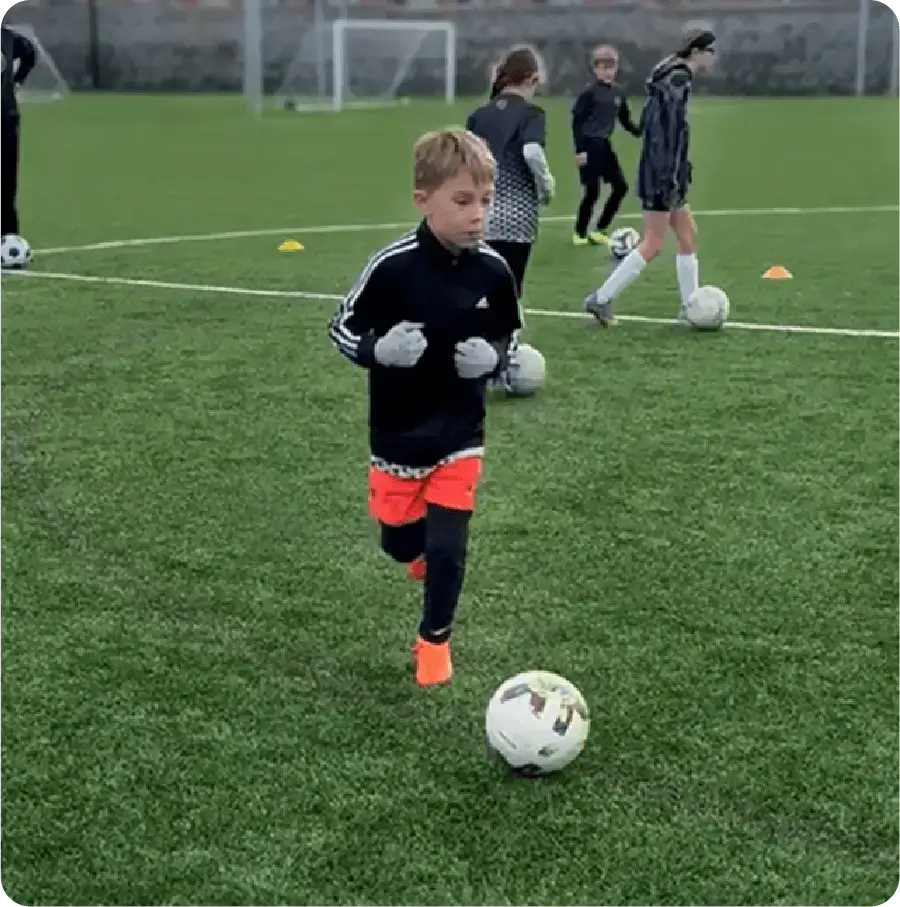
A striking example of this was observed at the Dallas Cup, where amidst the competitive fervor, a group of young girls demonstrated exceptional ball control. Playing a pickup game away from the main action, these 9 to 10-year-olds showcased skills well beyond their years, keeping the game in a tight space to avoid disrupting nearby spectators. Their adept handling and engagement with the ball were clear indicators of their frequent, self-motivated practice. This scene encapsulates the essence of developing ball control: a blend of fun, dedication, and self-guided learning. Some kids are drawn to footballs, some to basketballs, others to tennis balls, and others to soccer balls.
Foundation Skills
Receiving and Shooting Techniques
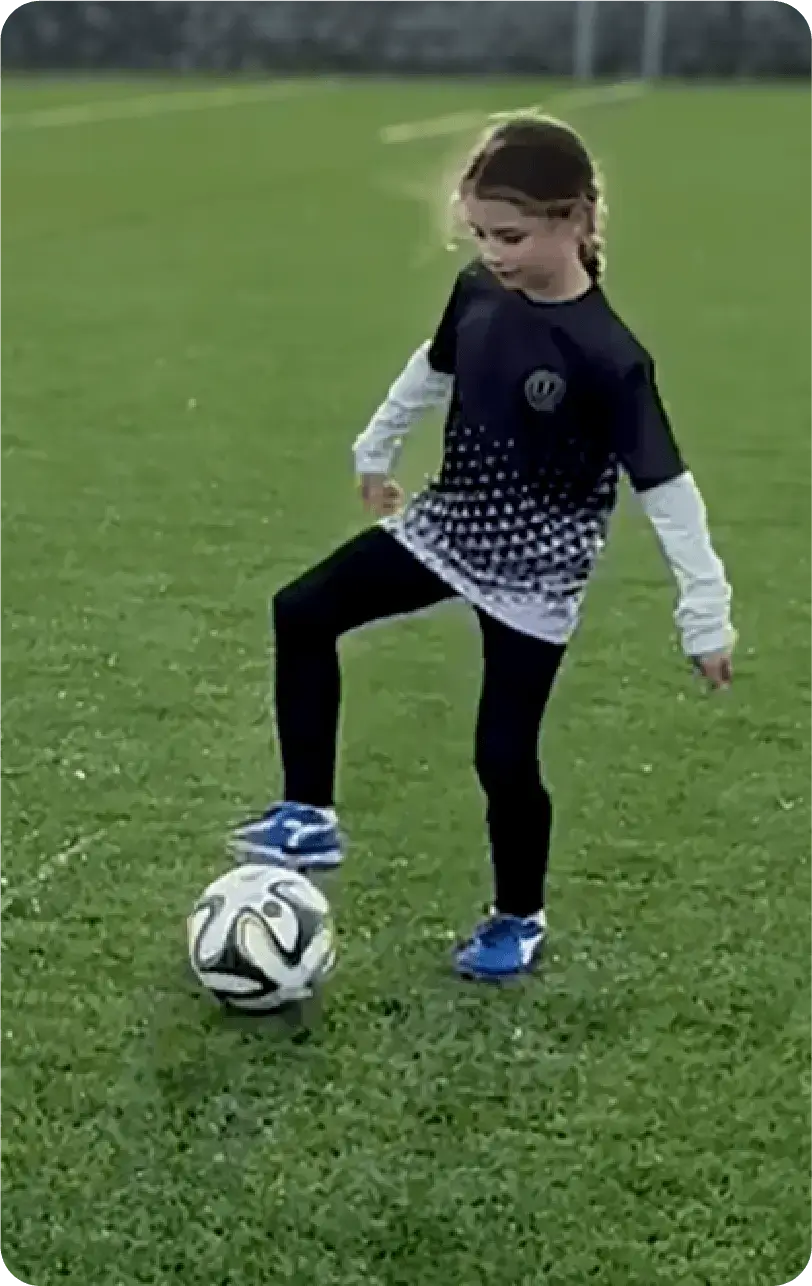
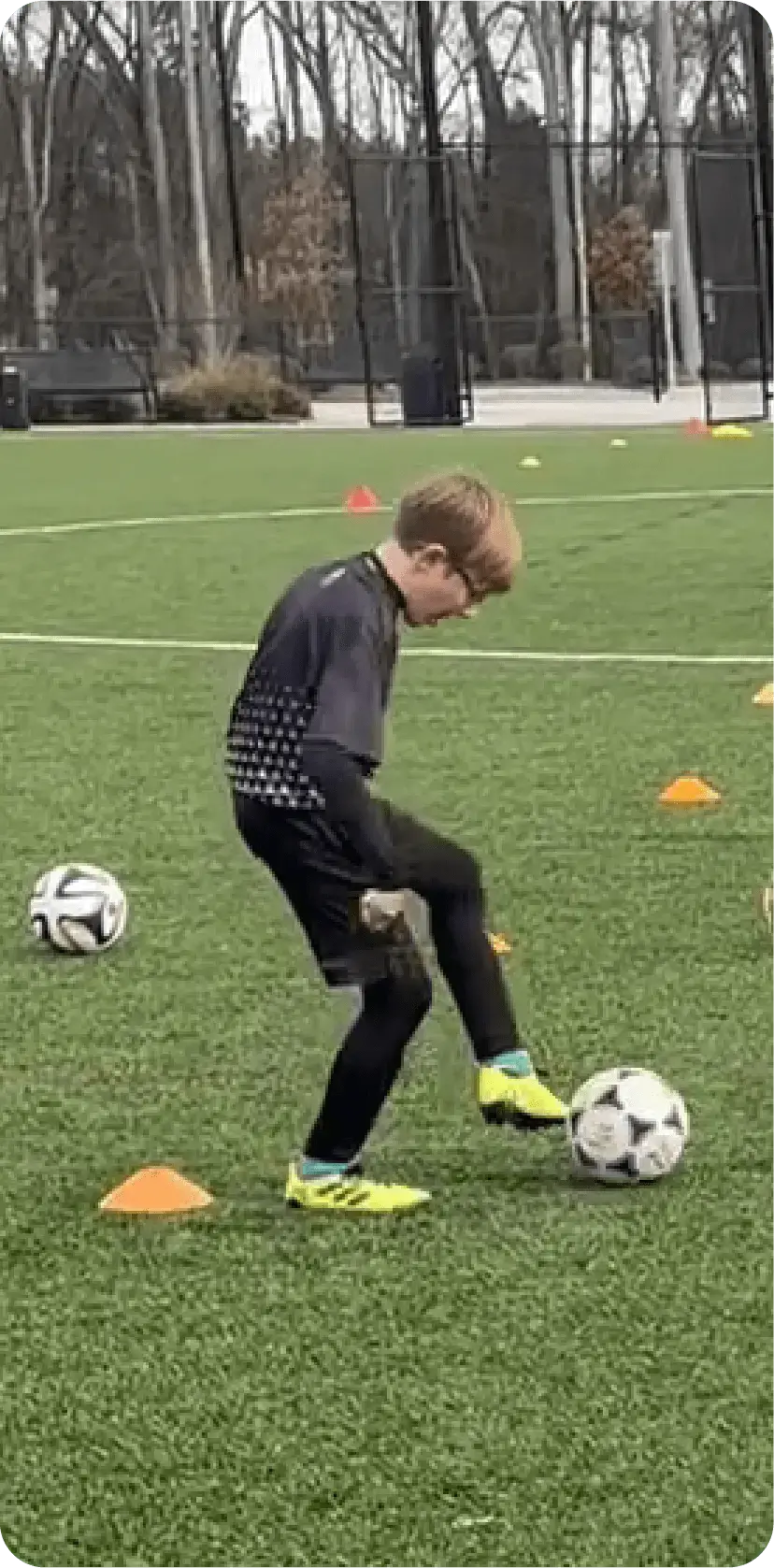
Structured Repetition and Fun Drills
Game-Based Learning
For young teams, drills should involve players using their balls to ensure individual practice time. If we are getting together then let’s play some games. Games such as ‘World Cup’ and multi-goal drills in the center of a field or on the endline fit the bill.

